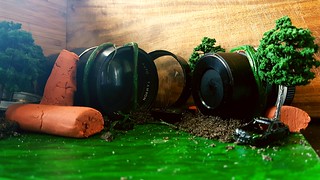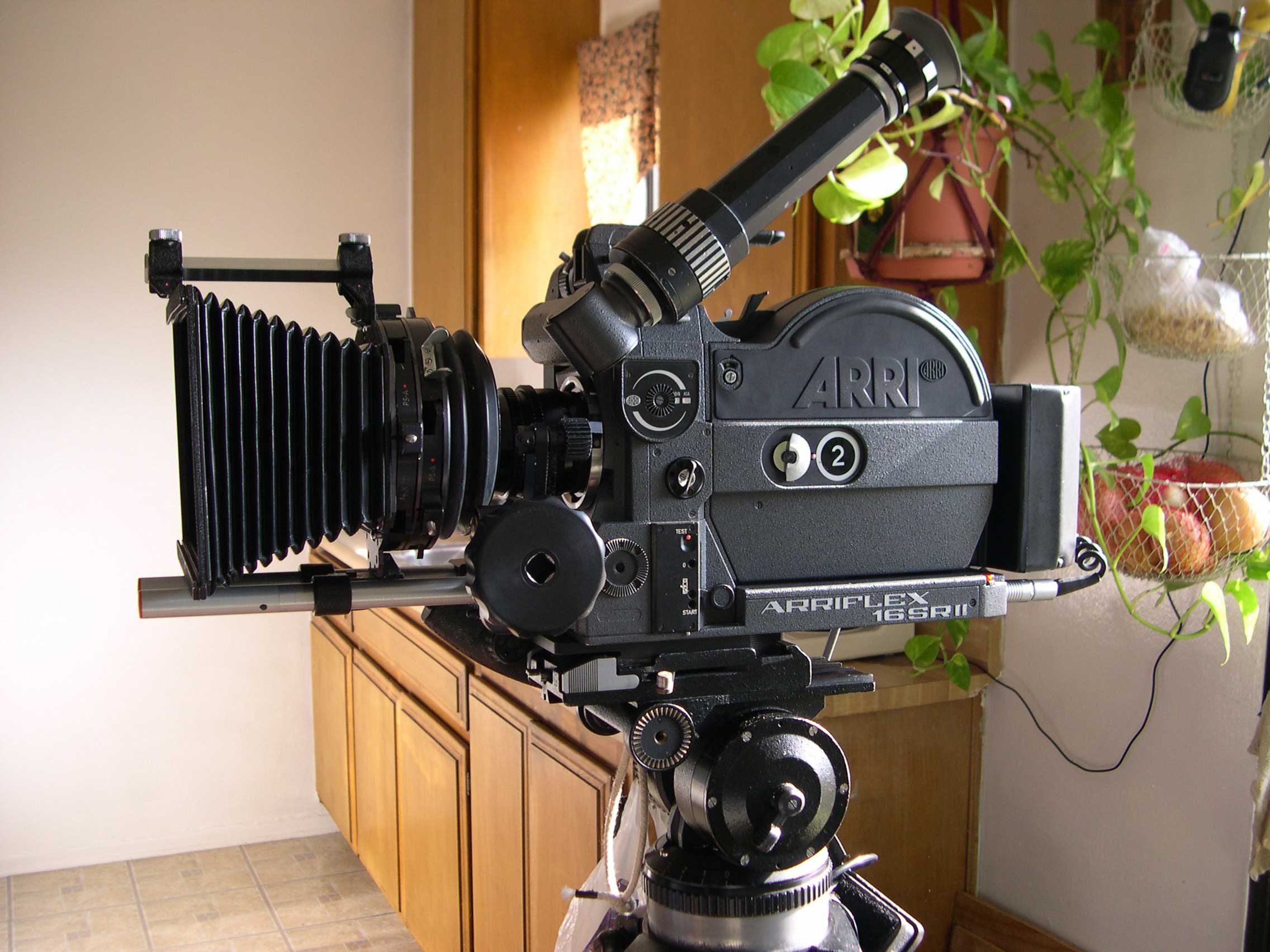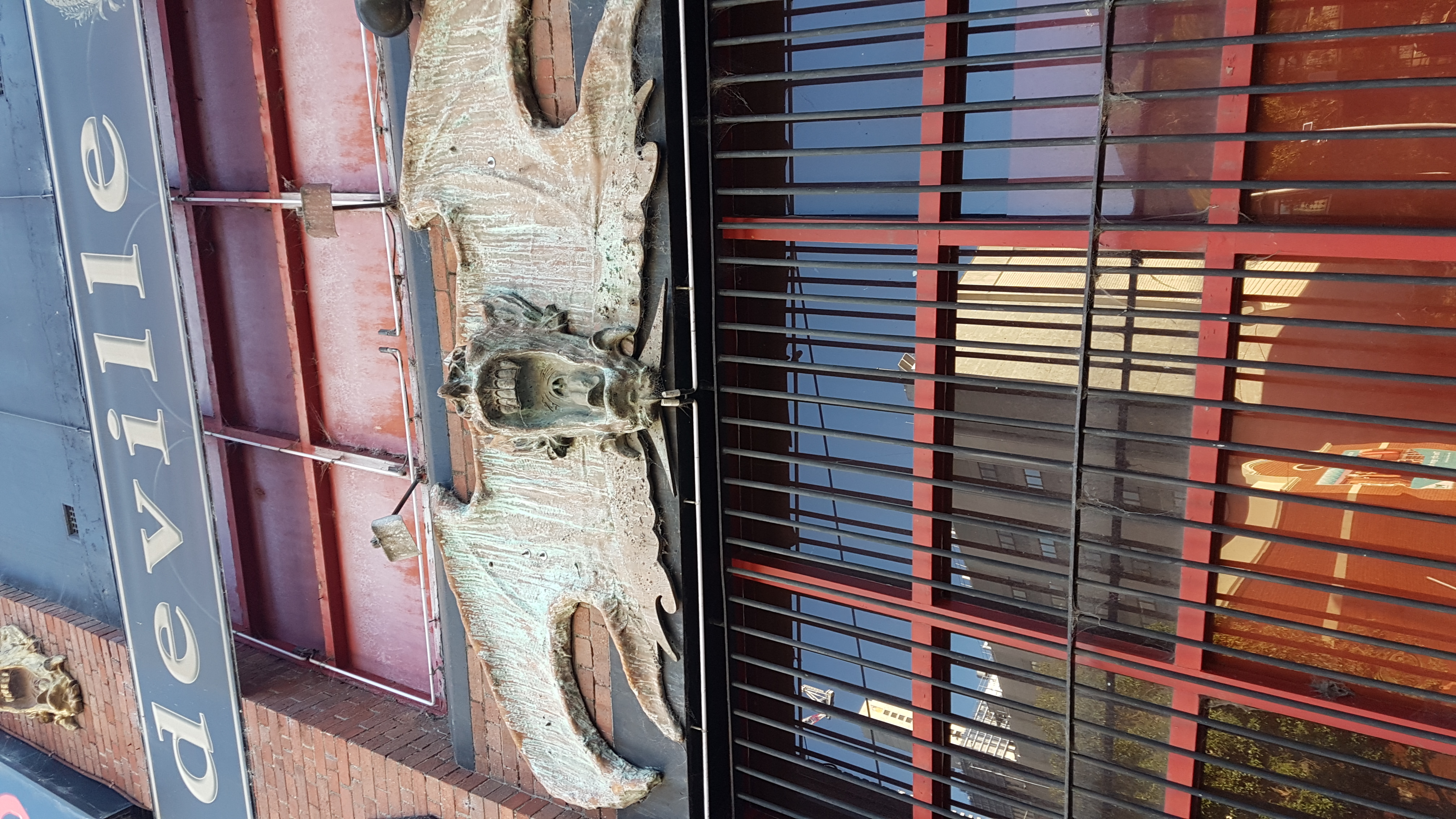‘Old media is not dead nor obsolete, but rather is new’.
‘Old’ and ‘new’ are strange concepts as that they are purely relevant to the timeframe of the user of the word, thus its meaning is completely subjective. However, in terms of modernity, there seems to be a vague sense of what is old and new in terms of what is current and what is obsolete. Then again, what is far obsolete, (beyond what is already considered obsolete), may also be deemed new in the sense that it is unknown to the current generation/user due to its status.
As technology has exponentially increased in convenience and ability, everything has seemingly be made easier, and is therefore much easier to be taken for granted. It is in that that form is lost in favour for function. Tying into my previous arguments on the topics of nostalgia, those who grew up prior to the crescendo of media technology In the 90’s and further rise in the early 2000’s (prior to several forms converging) had a very unique and starkly different influence and interpretation of art and media to that of those who came after. In this the appreciation and understanding of older forms of media in the eyes of millennials are brought into question
As media has developed there are now extra processes and steps in said creating media that we miss out on – curves and tasks that may effect and influence a piece are now absent. Take photography for example; once upon a time it was mandatory to physically buy film, use shots more carefully and sparingly, and painstakingly blow up the images in a darkened room, and hang them (there are multiple steps missing, but that only further proves the point), whereas now, the lengthier version of that is to turn on the camera and shoot to your hearts’ content. They can even send the images to your computer or any other device you wish. Our phones are even quicker at that; point, shoot, upload to wherever you want. Is this a bad thing? Of course not, but it now takes far less time and mostly less effort in order to achieve the same goal. Any steps in between to enhance and edit our work is purely optional.
However, in saying all this, does the very fact that they know not of previous media modes not also mean that it is new to them? It often seems that technology is progressing faster than our appreciation for it, negating the chance for nostalgia to develop. Newer, faster, better phones are release almost every year, and every year people upgrade. There’s always a newer phone, camera, console or so on ready to be released. Older forms though, there was much greater gaps in releases and advancements. Nostalgia was able to take hold of users in that they were able to spend more time with their a given mode and were able to let it influence them. Surely, if we were to look back at older technology we too could be able to gain the same sense of appreciation that the original users once did, or even better, combine and adapt it to our own understanding of modern practices and allow us to take a newer and original perspective on something once deemed obsolete. To the current generation, new media isn’t even new anymore, but old media is.
Jenkins, Henry, 2006 ‘Convergence Culture: Where Old and New Media Collide’, New York University, New York.
Wendy Hui Kyong Chun, Thomas Keenan , 2006, ‘New Media, Old Media: A History and Theory Reader’, New York.
Manovich, Lev,2001, ‘The Language of New Media’, MIT Press Cambridge, Boston.




